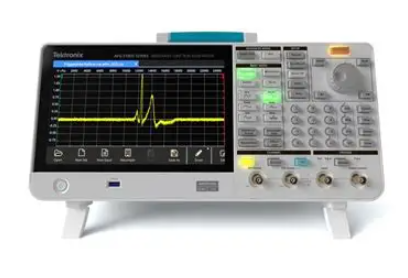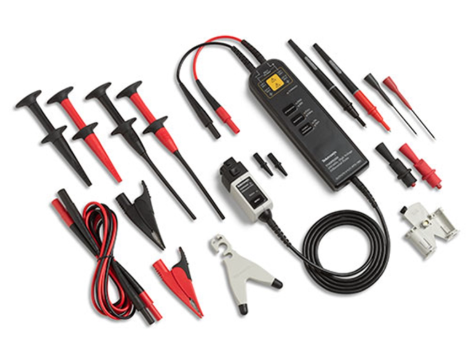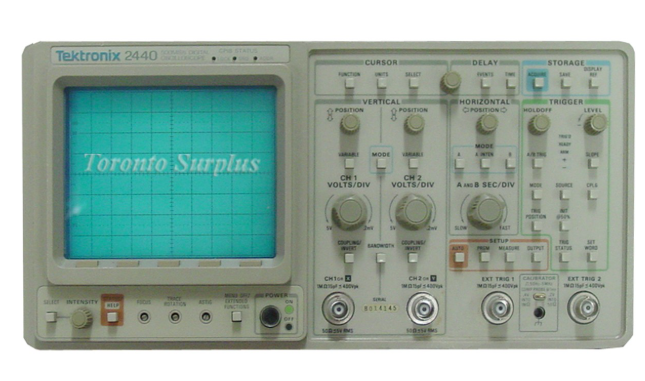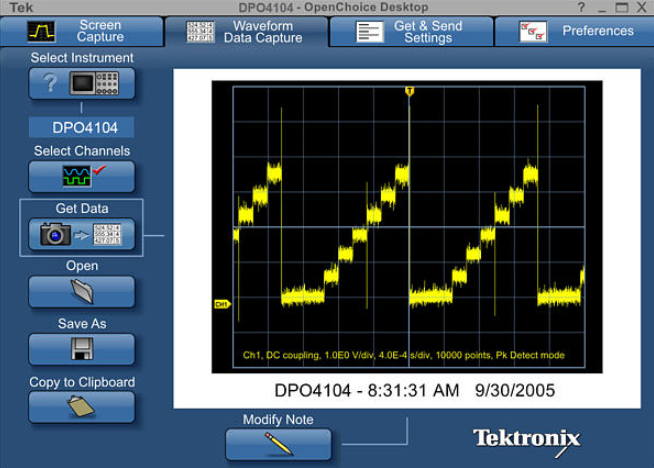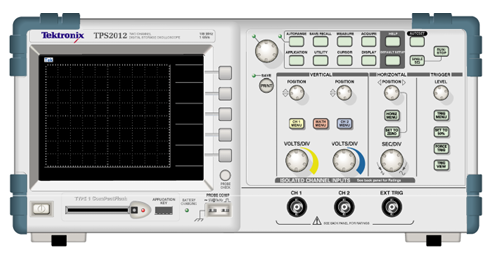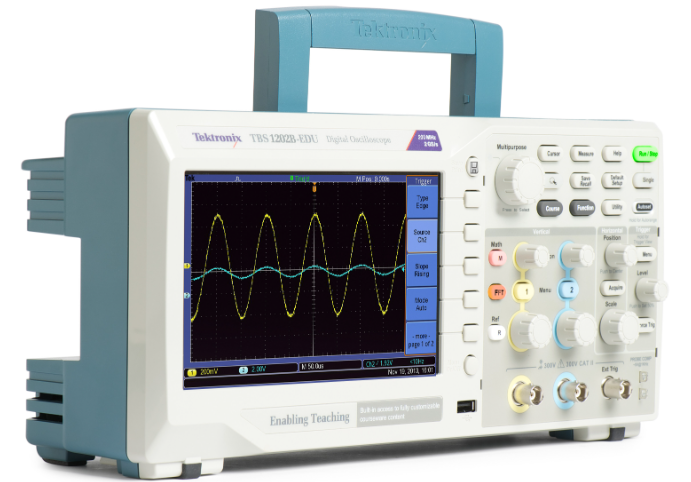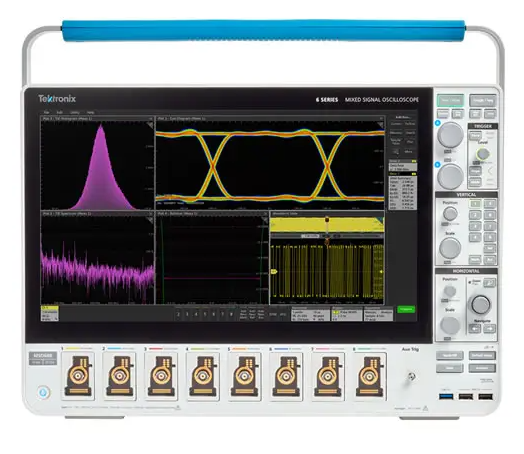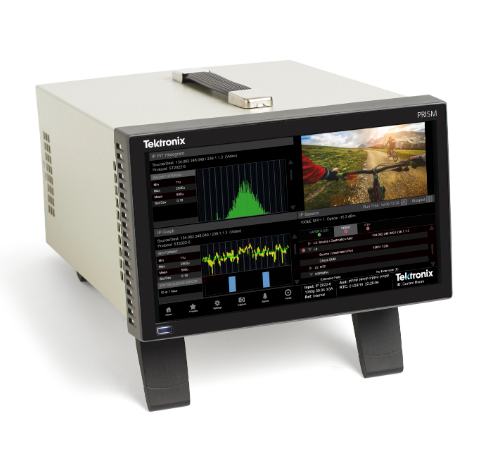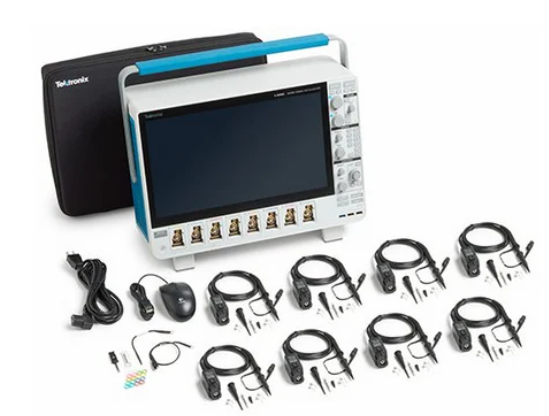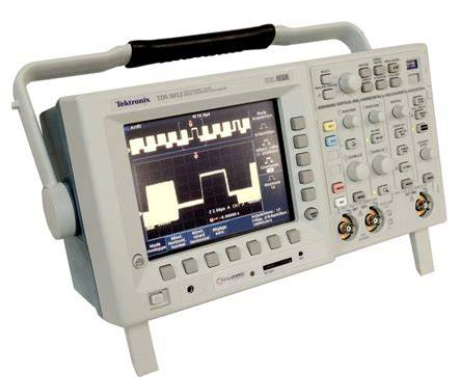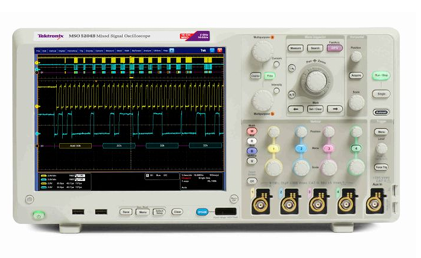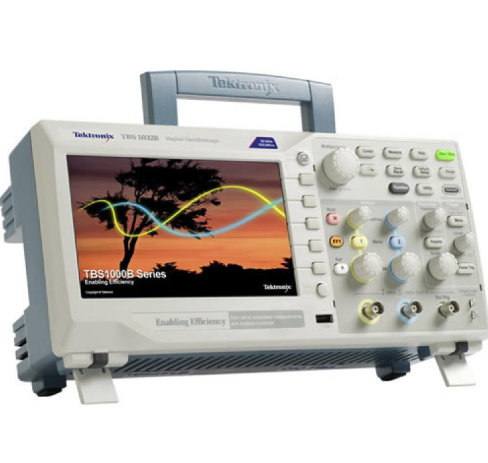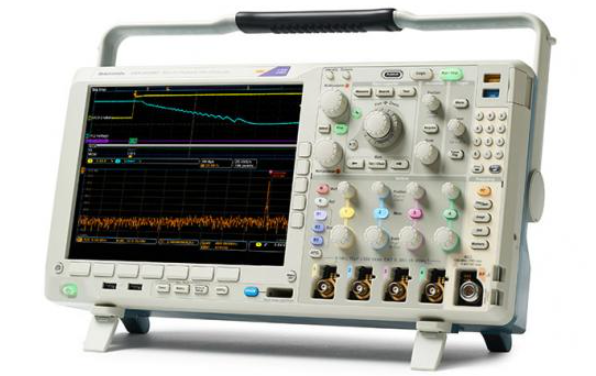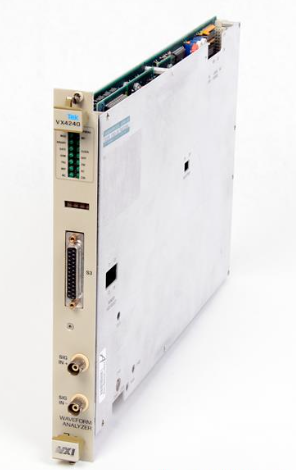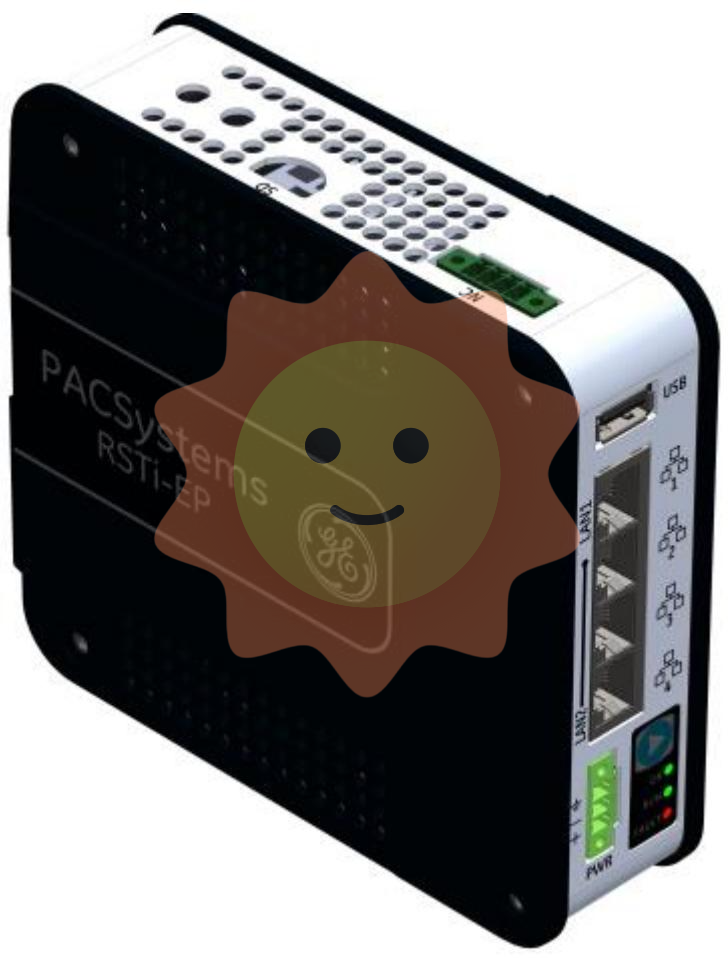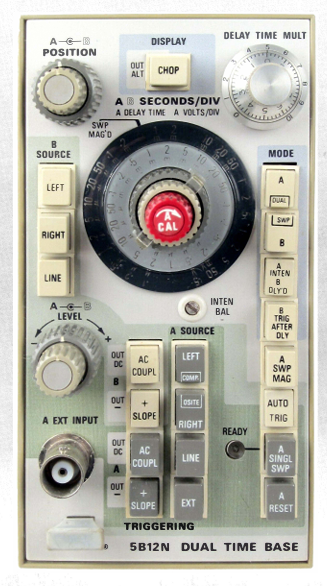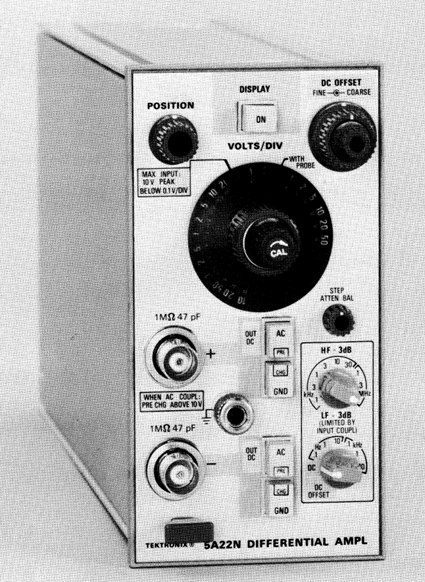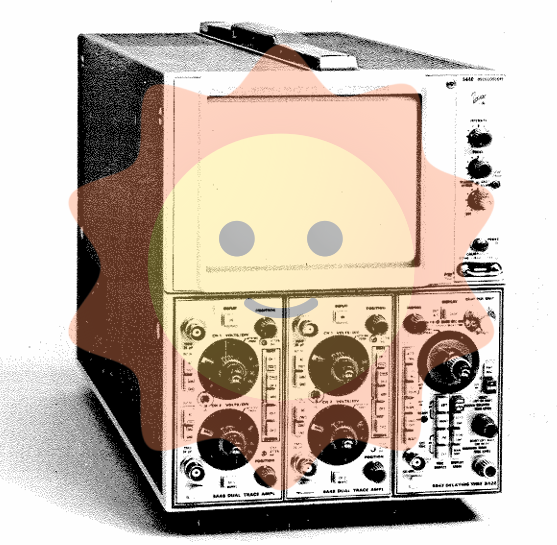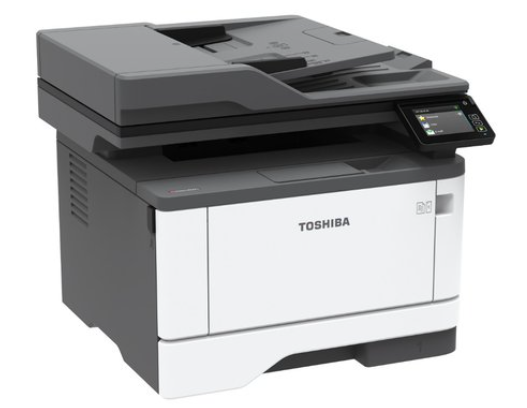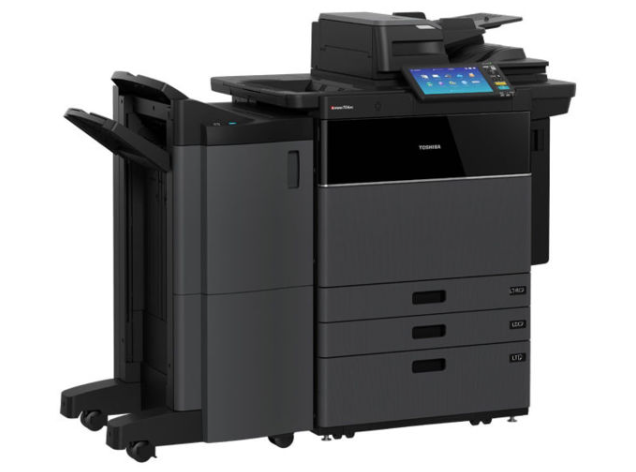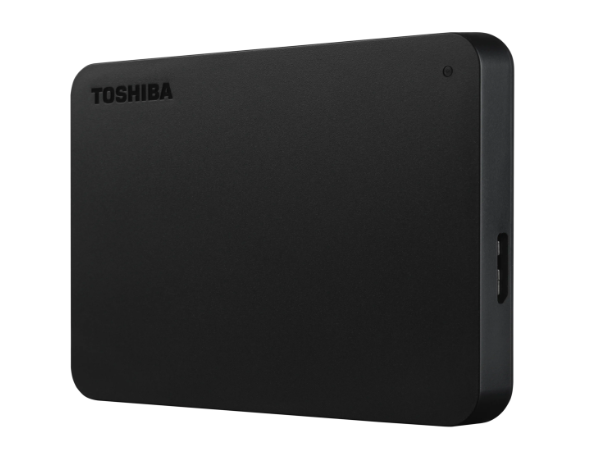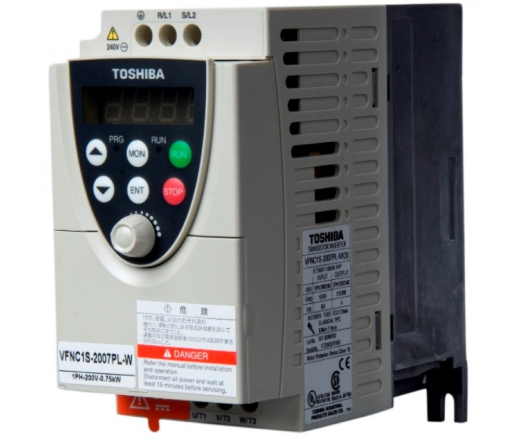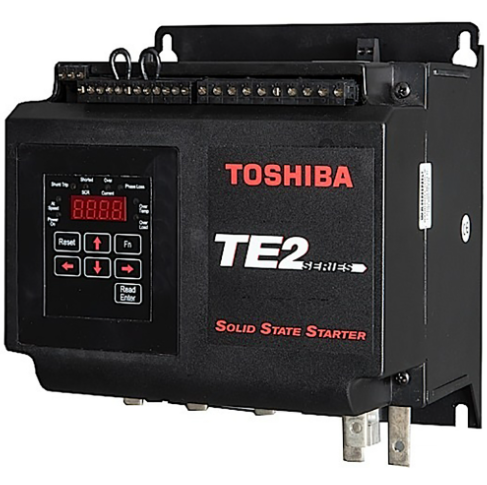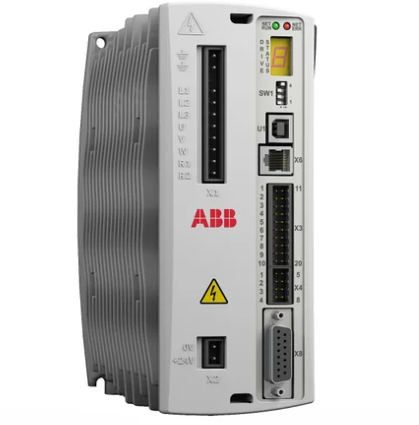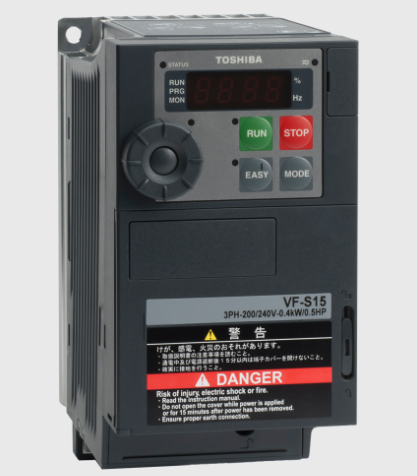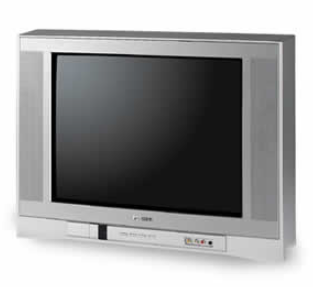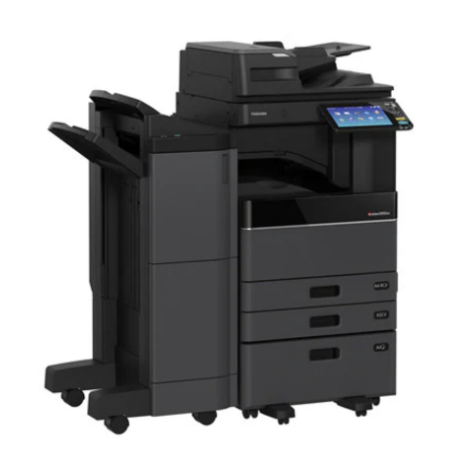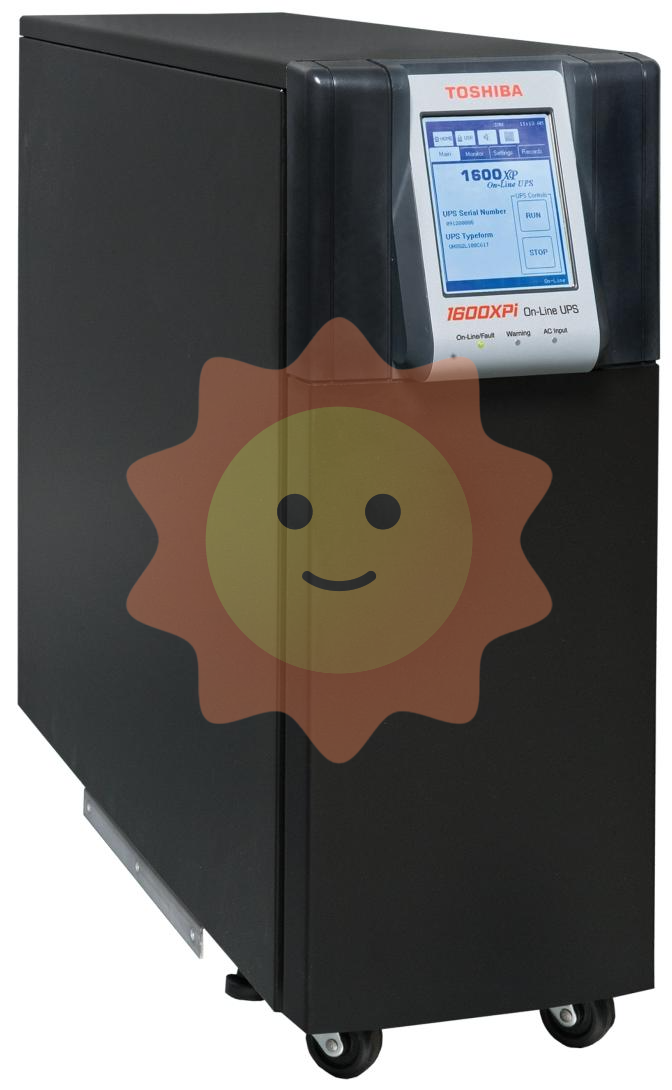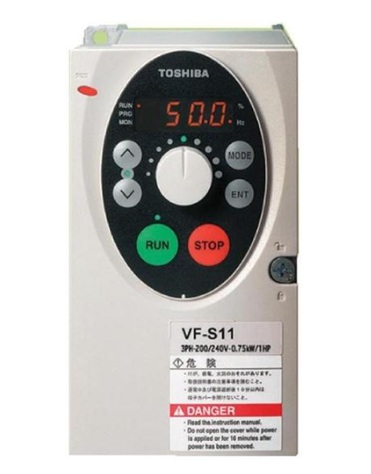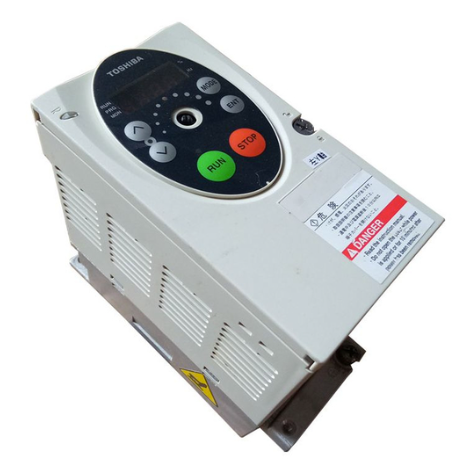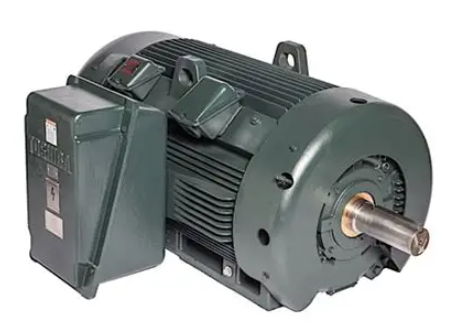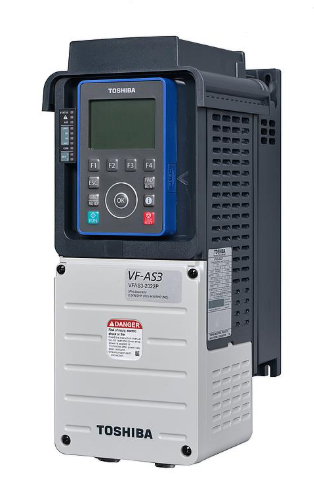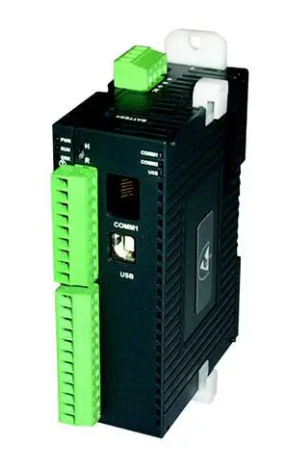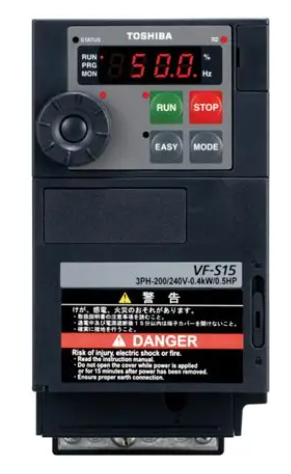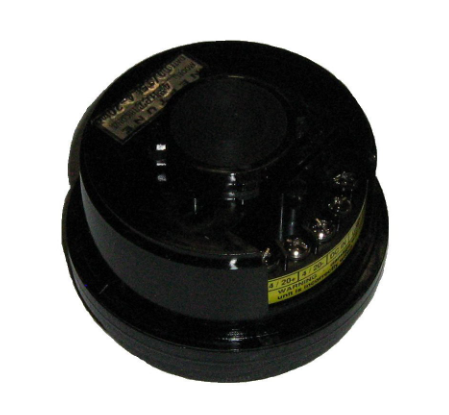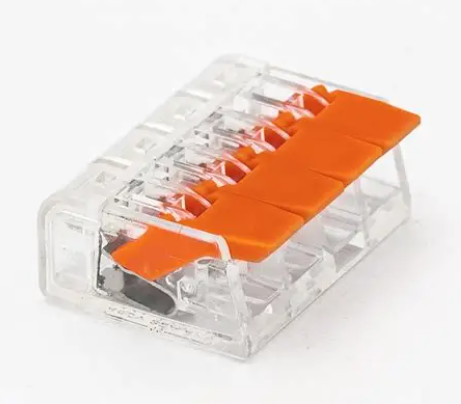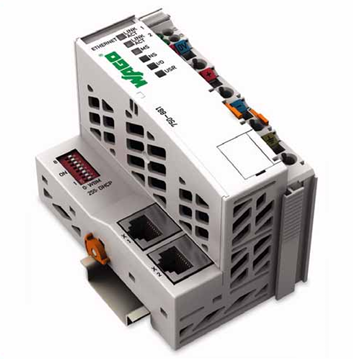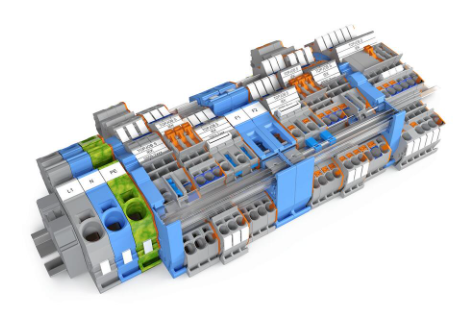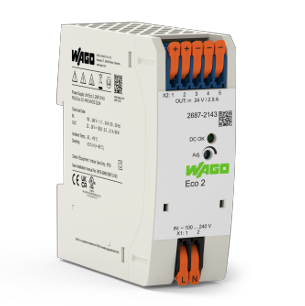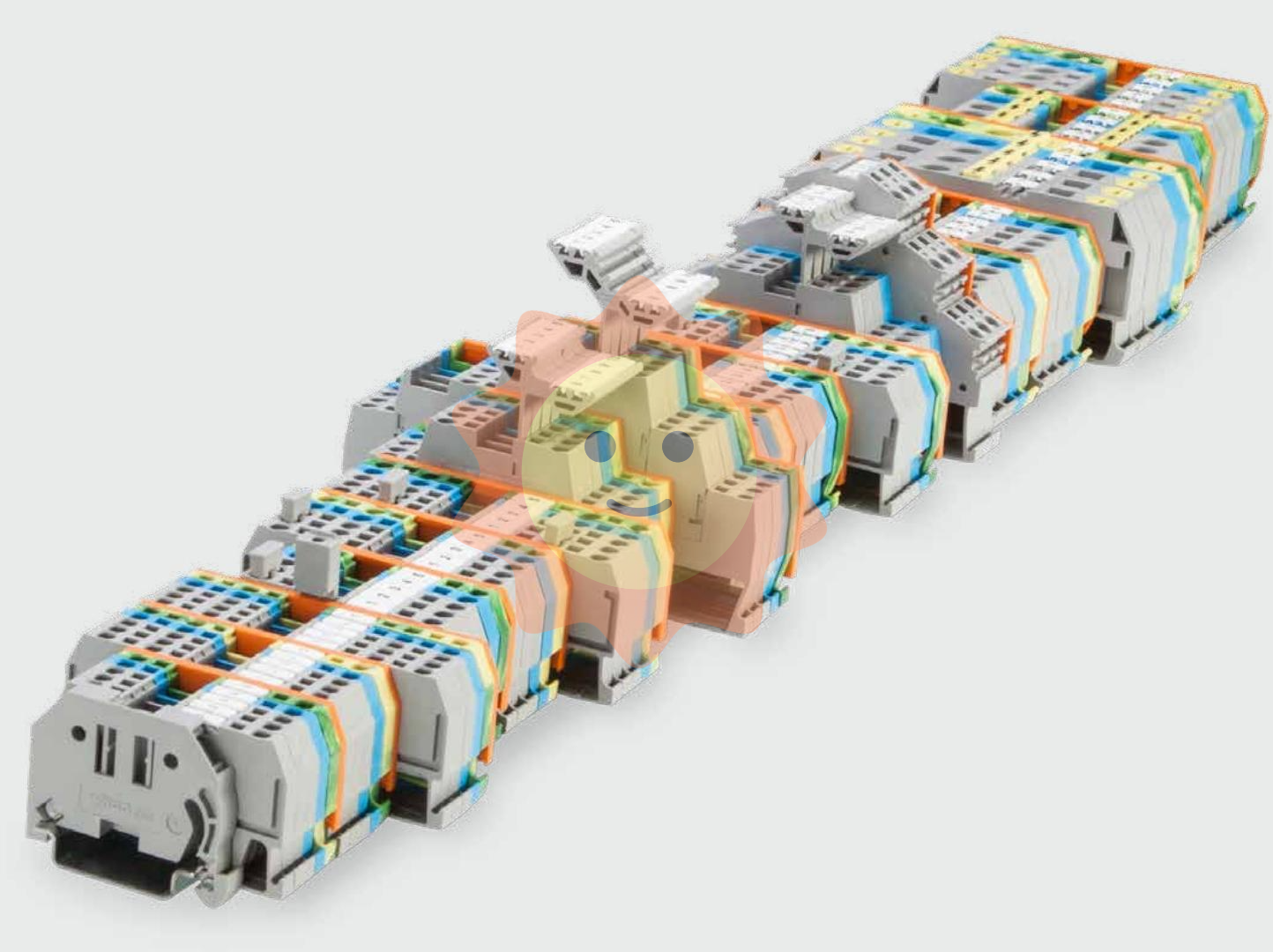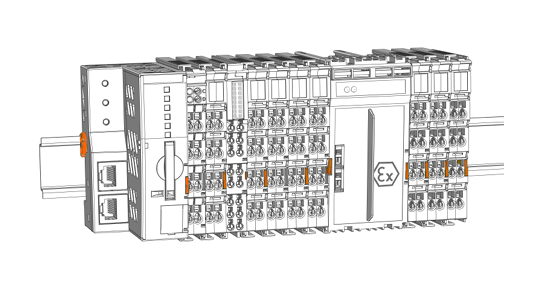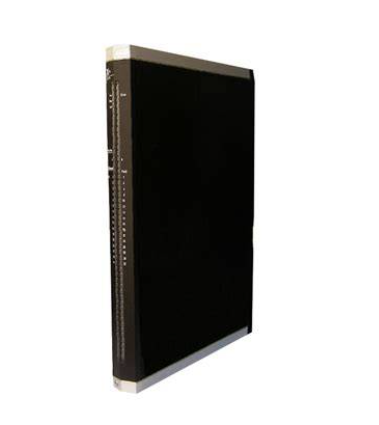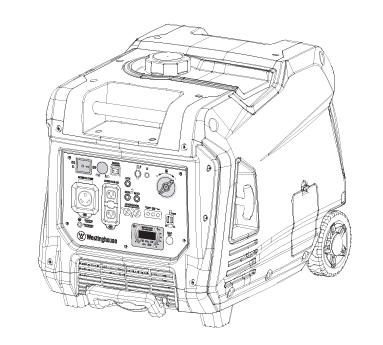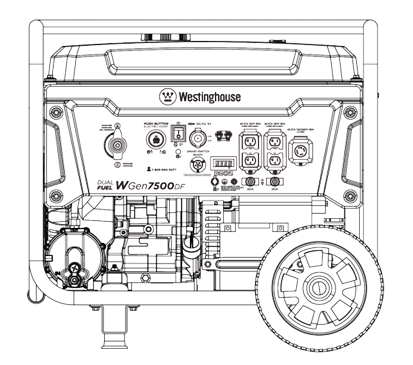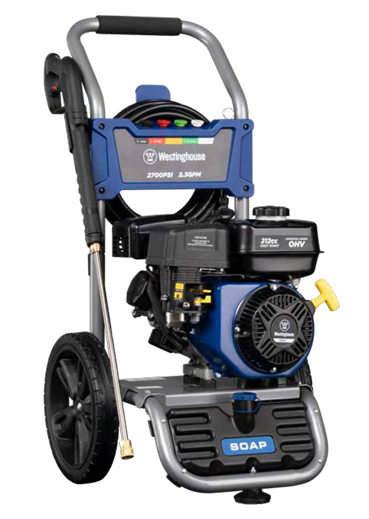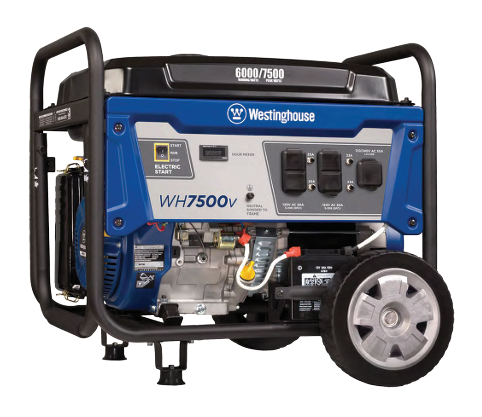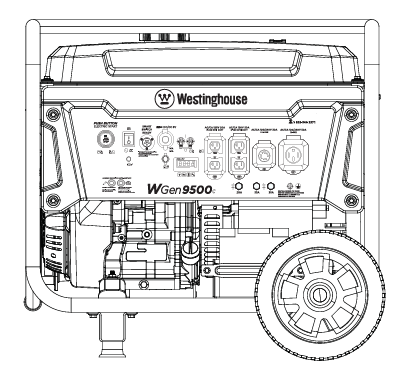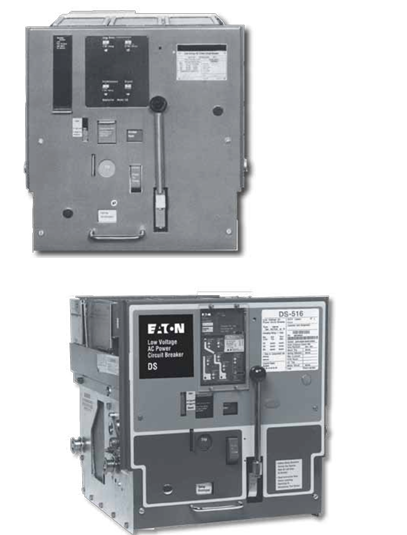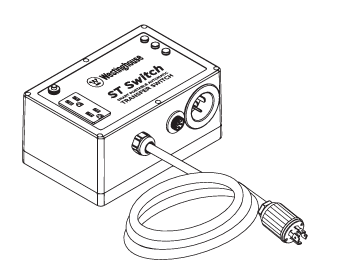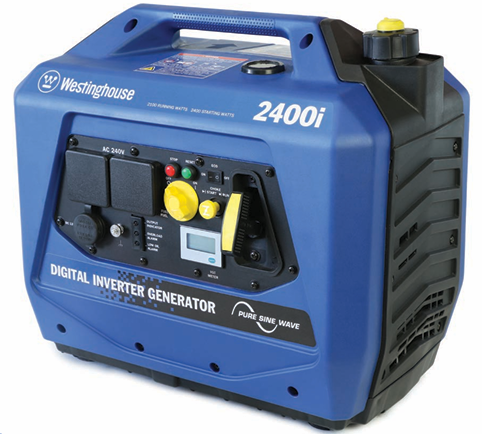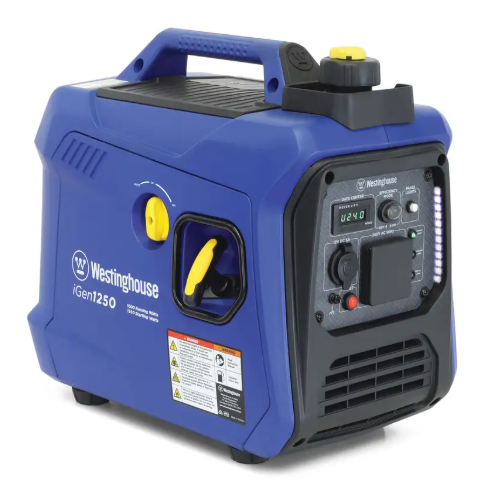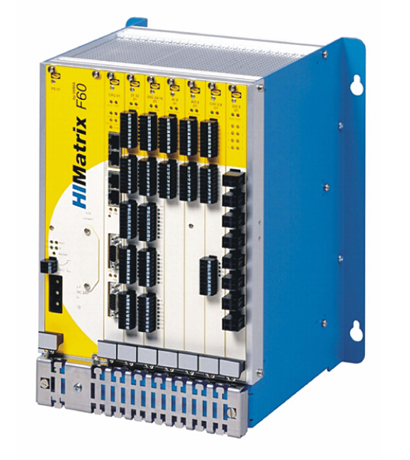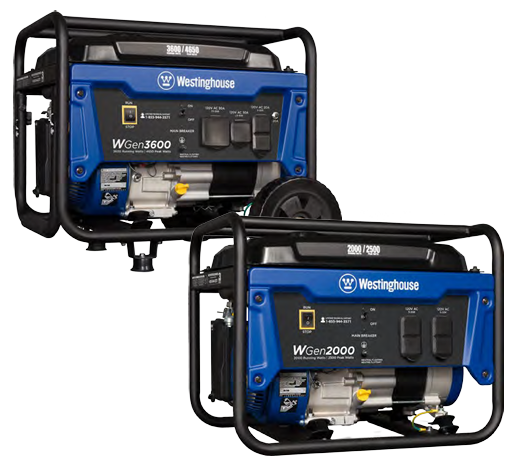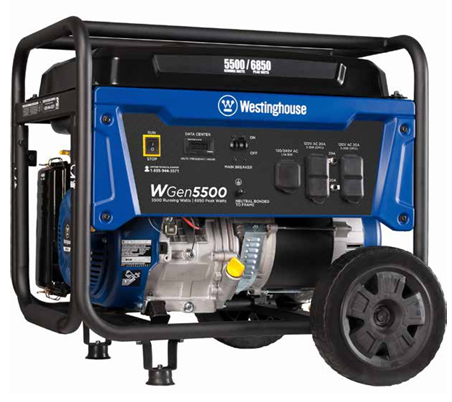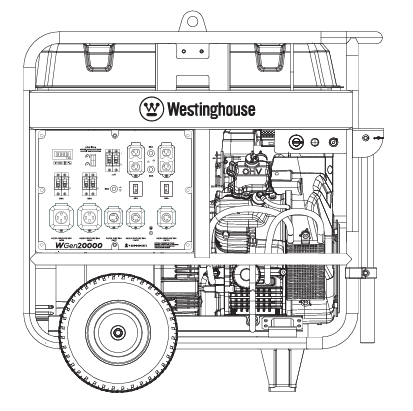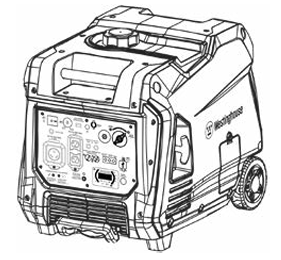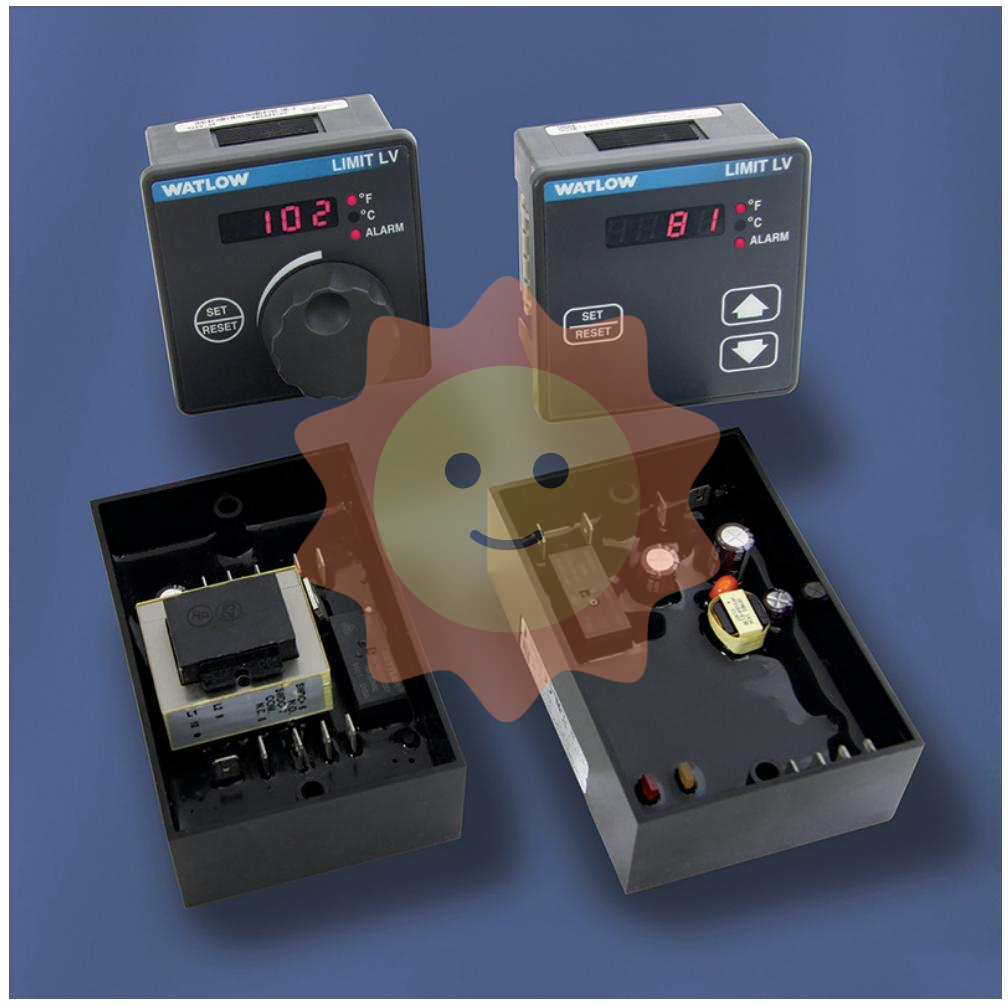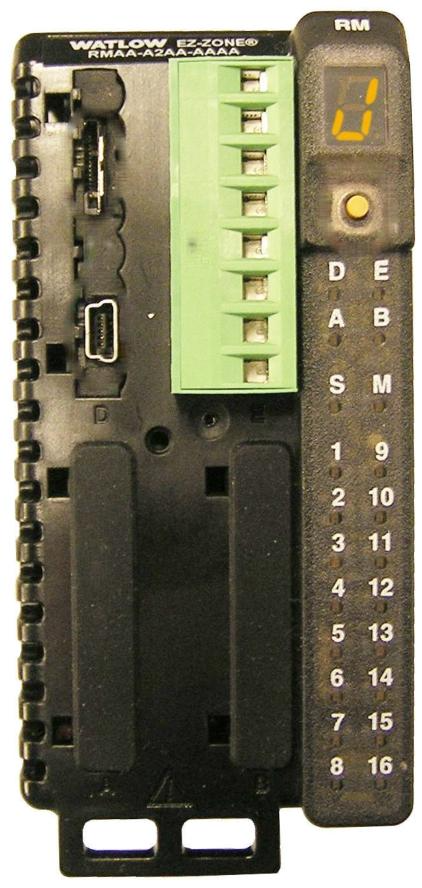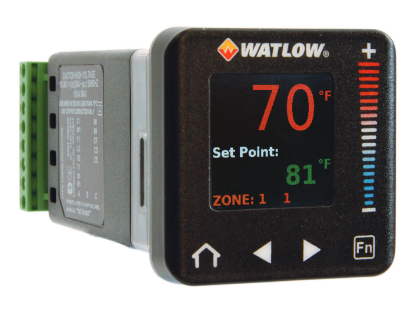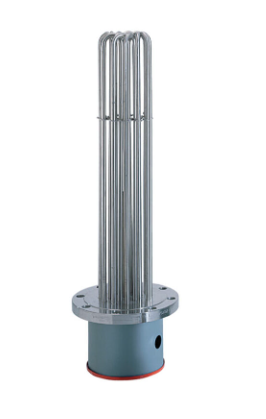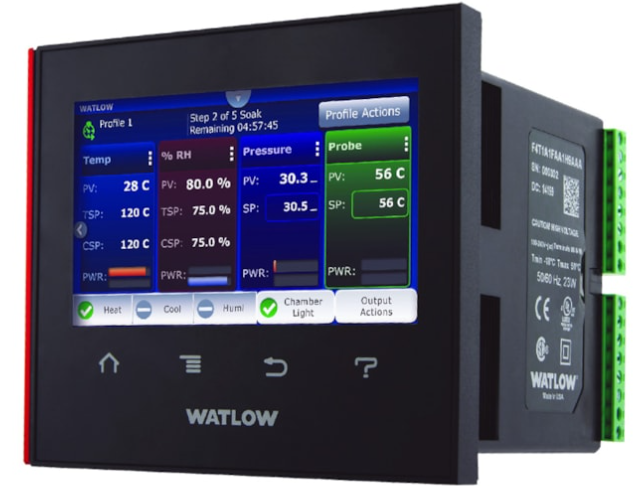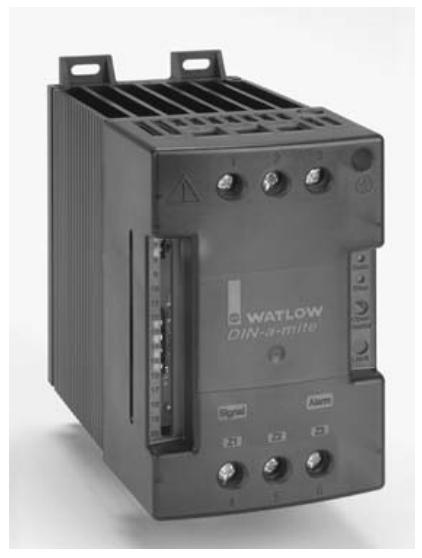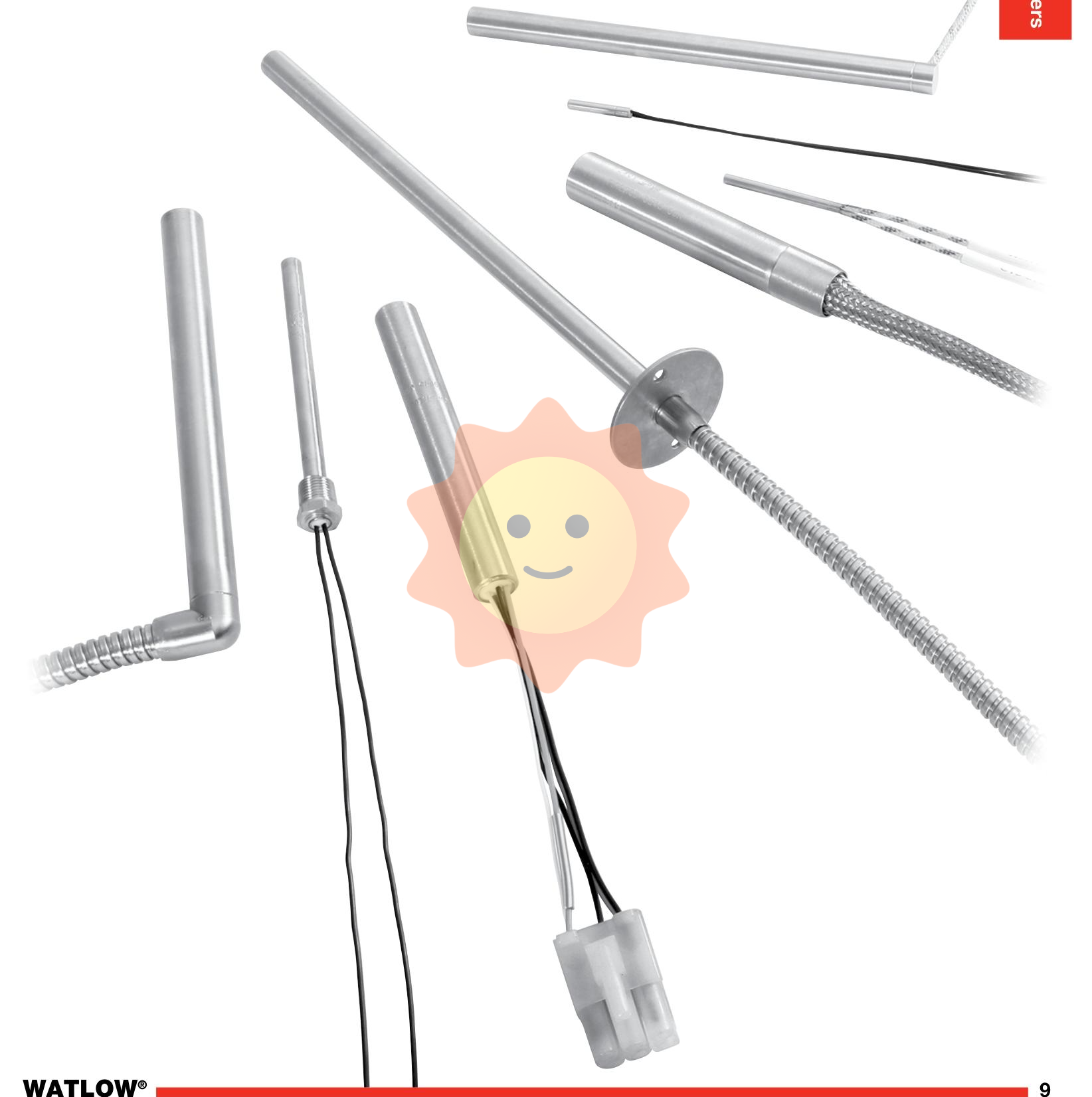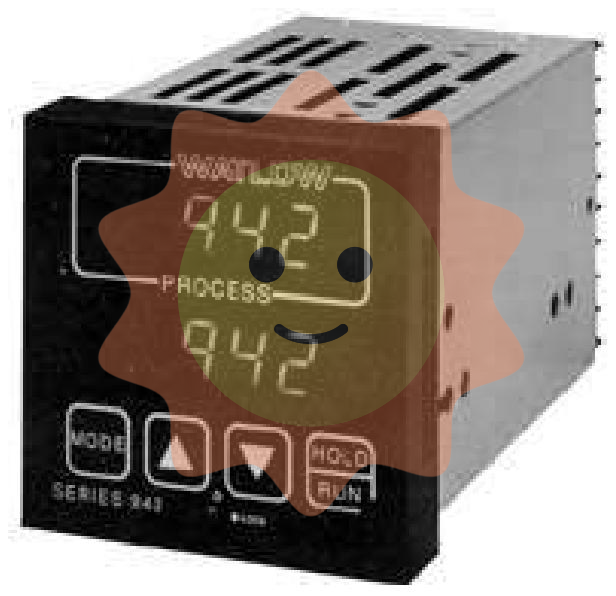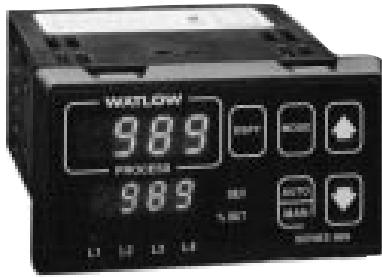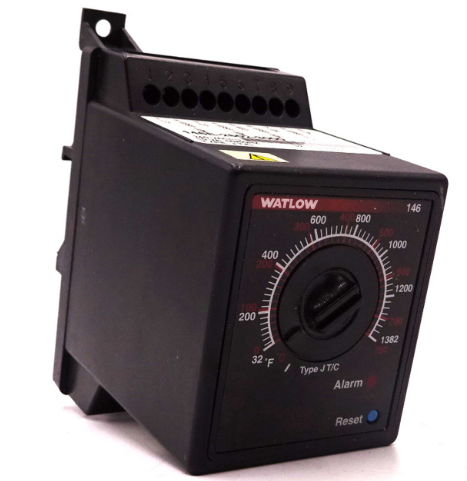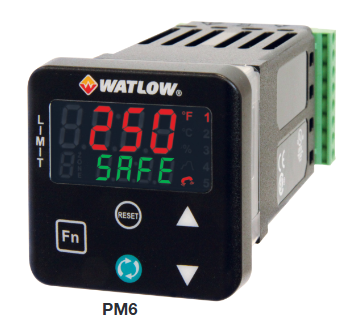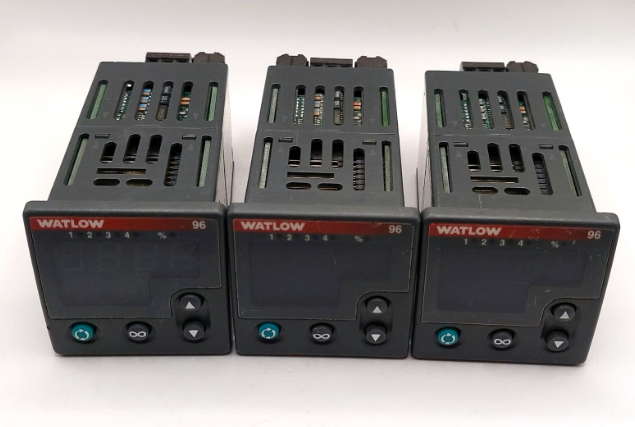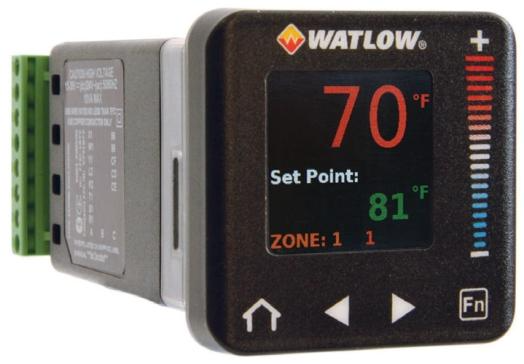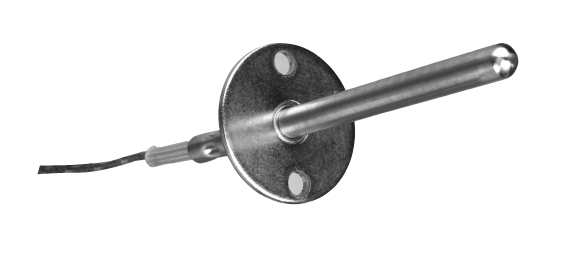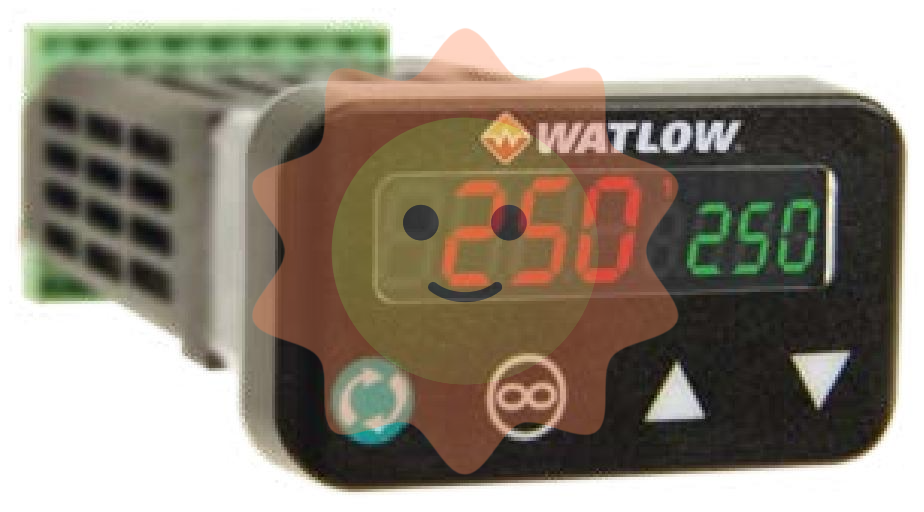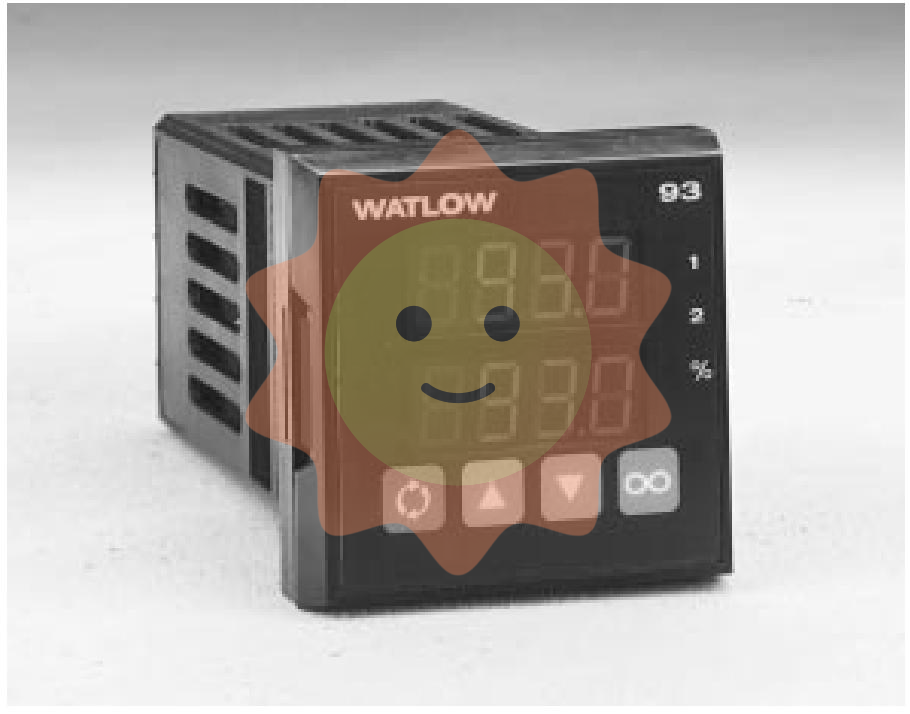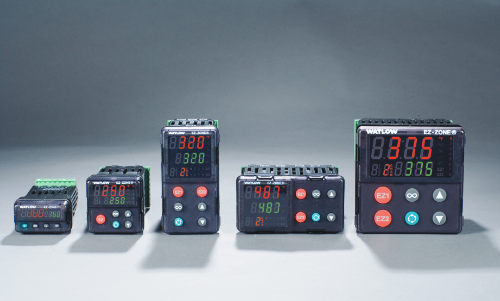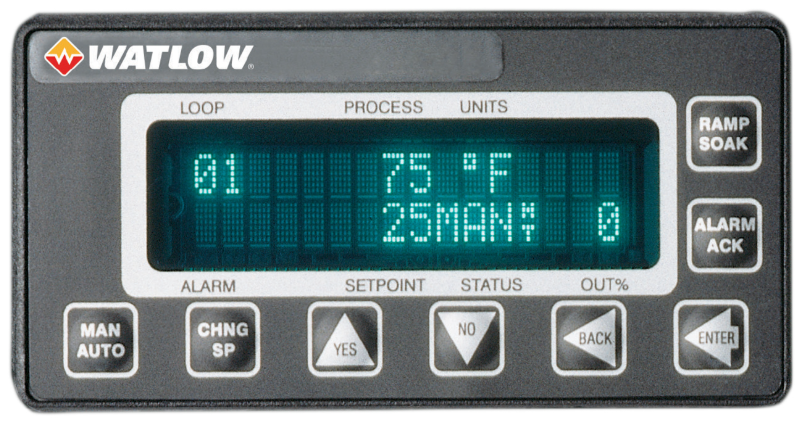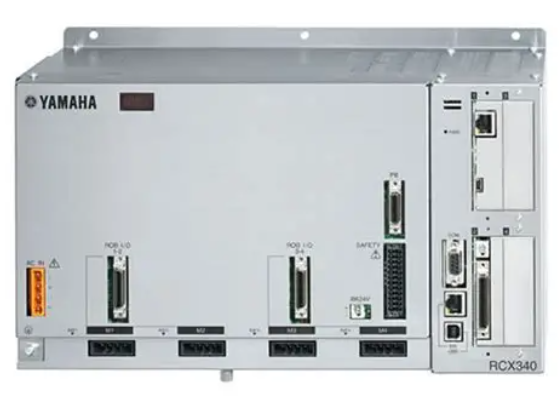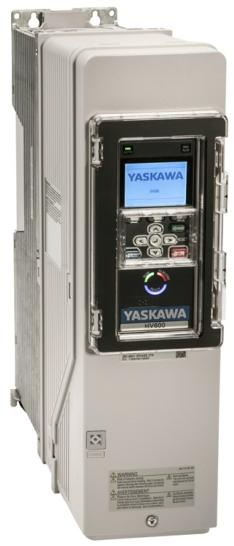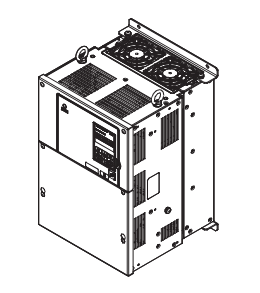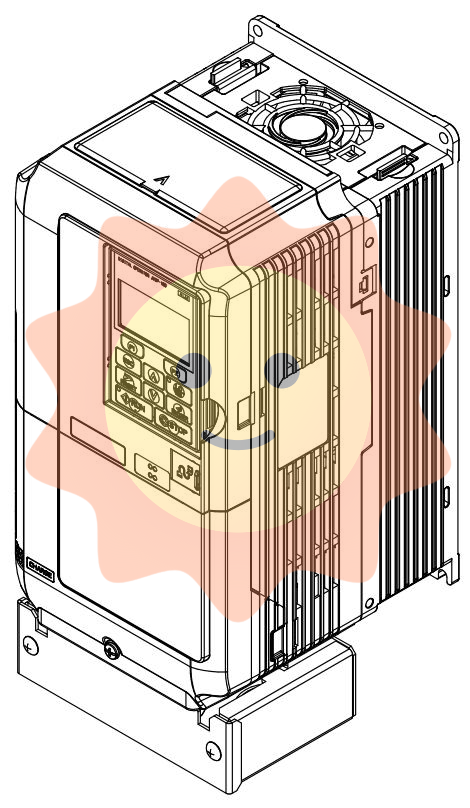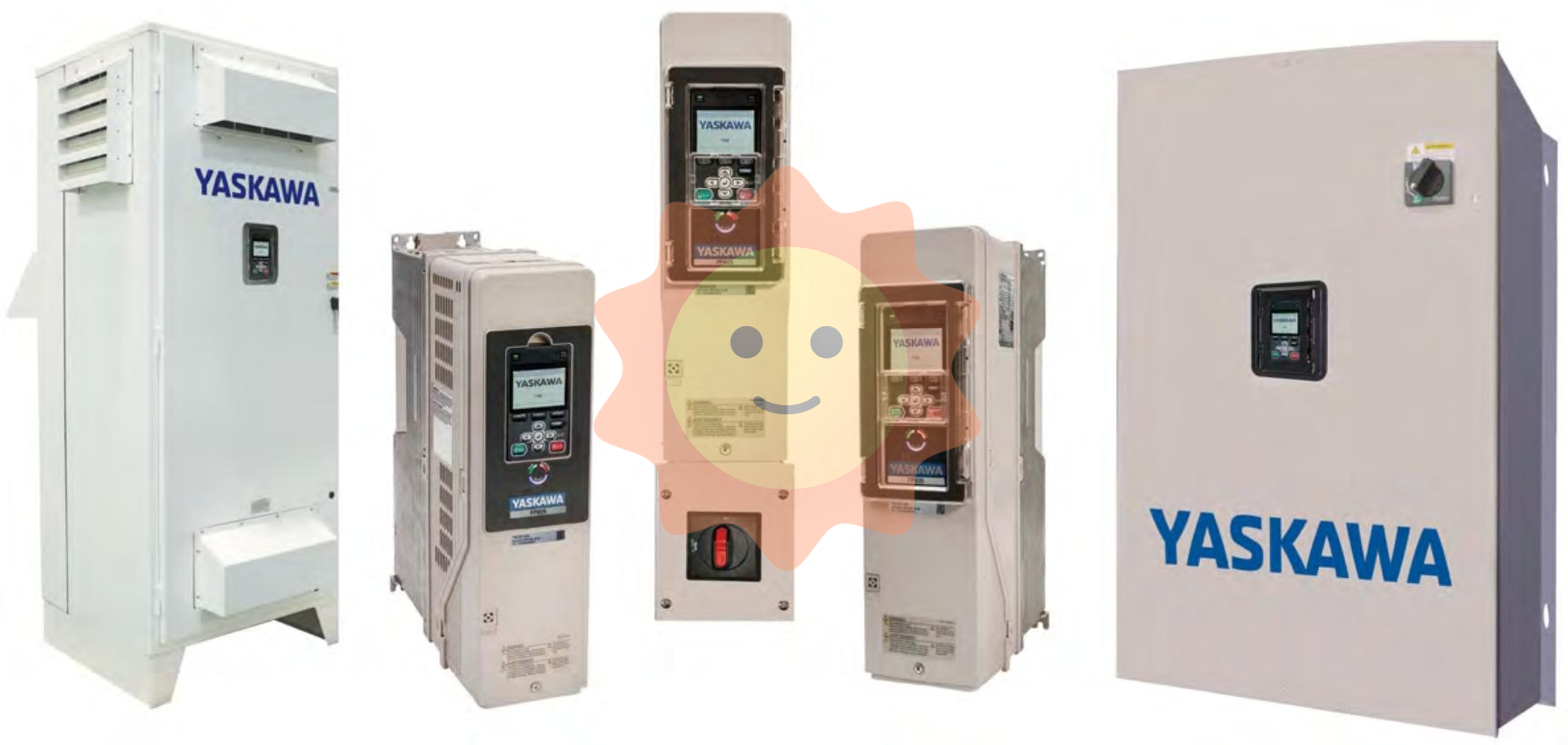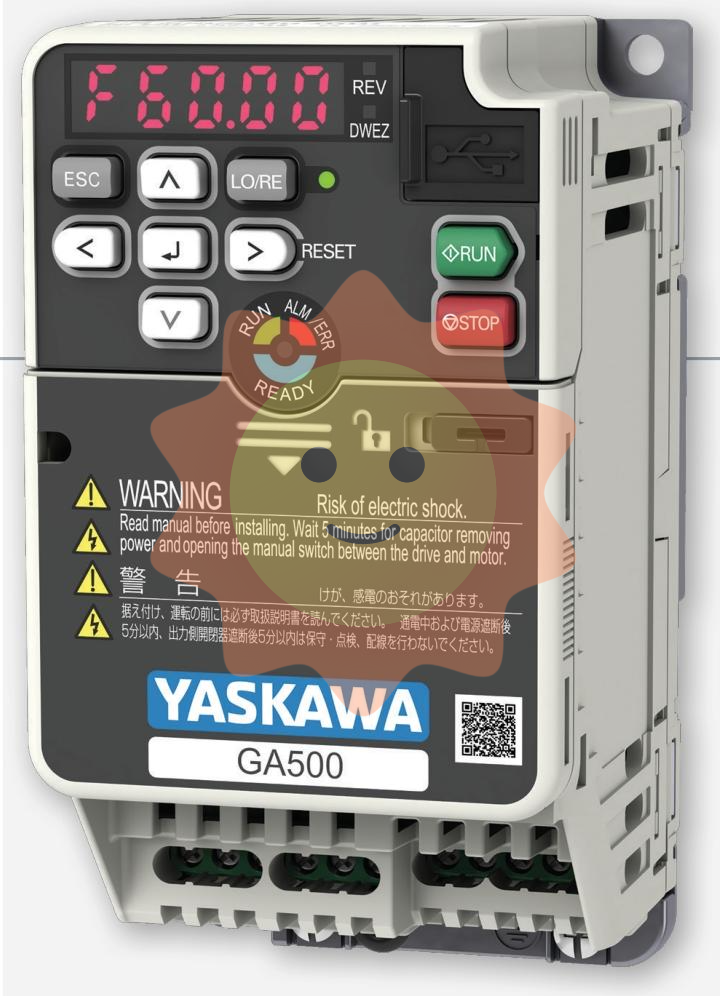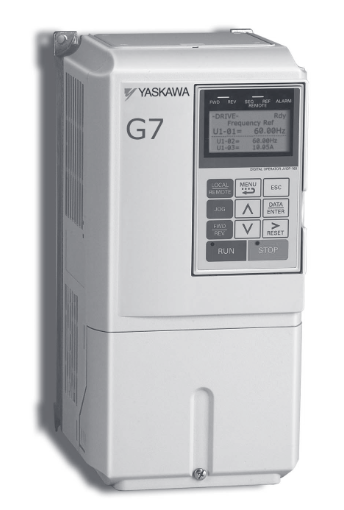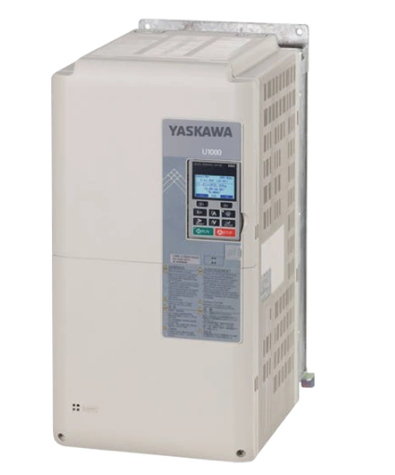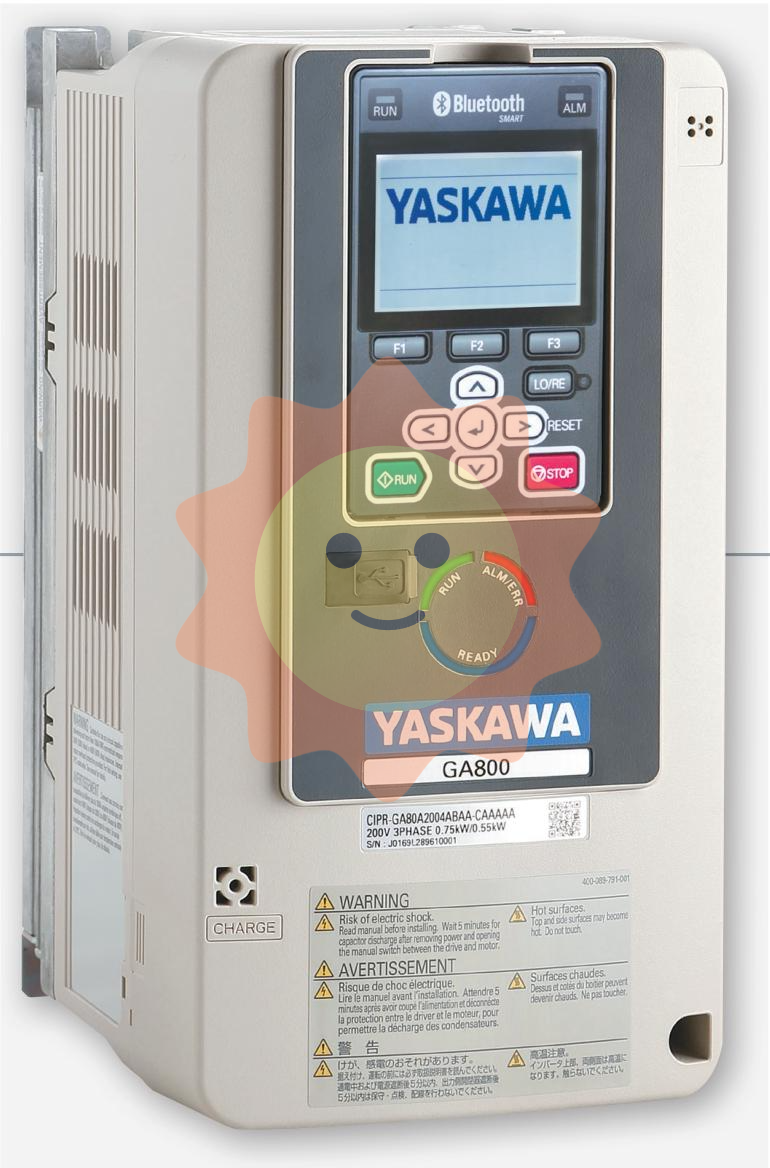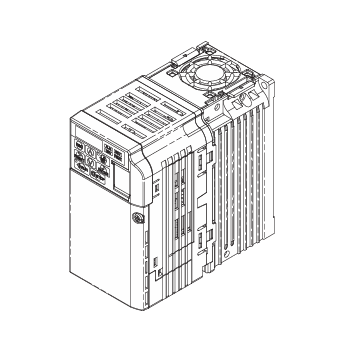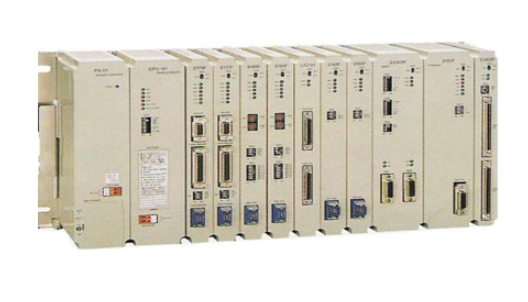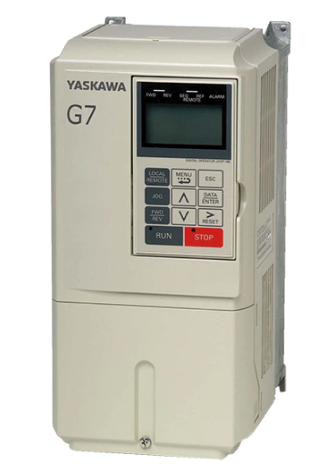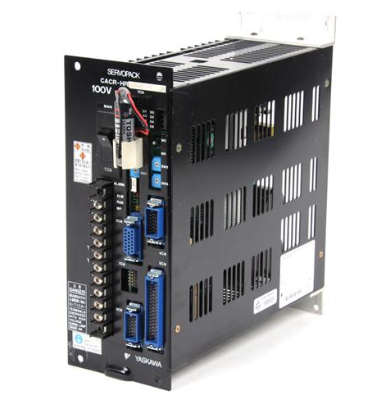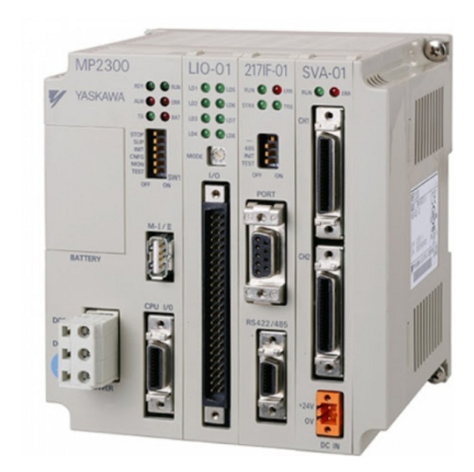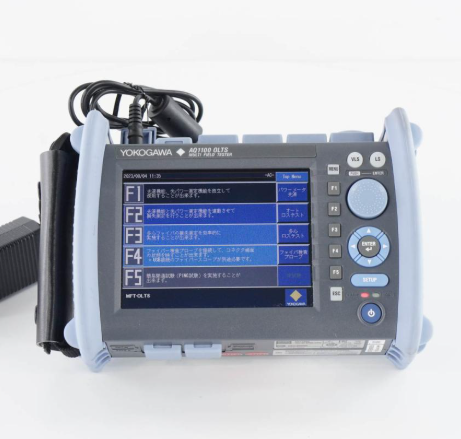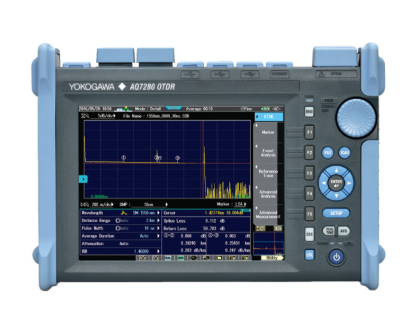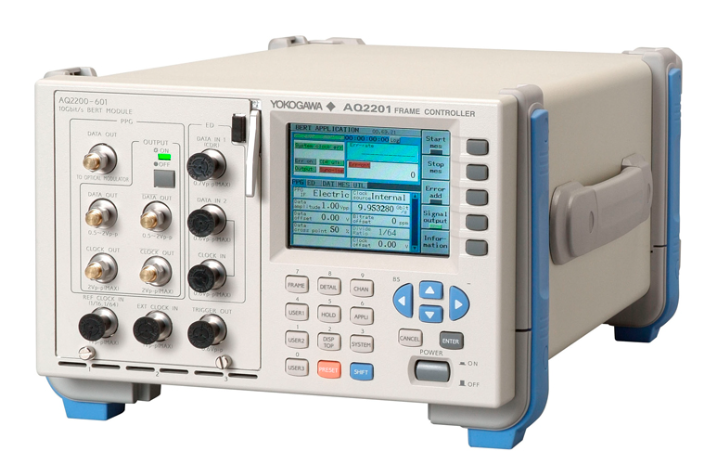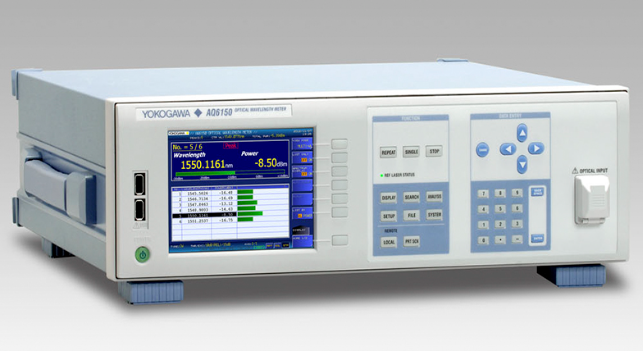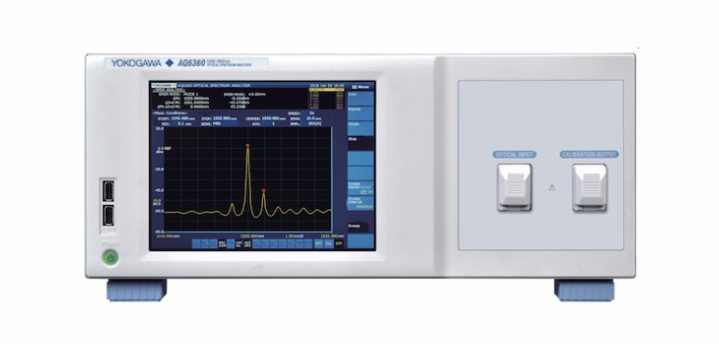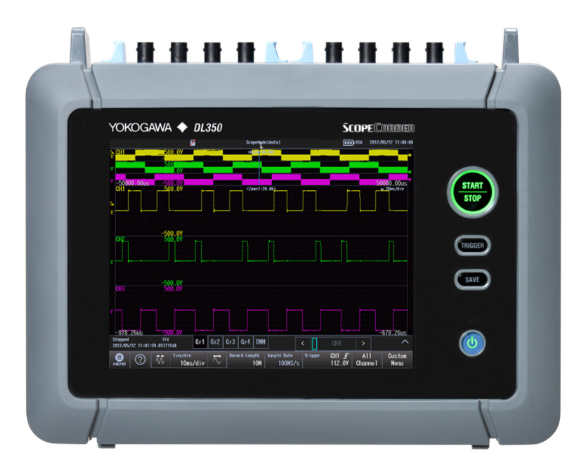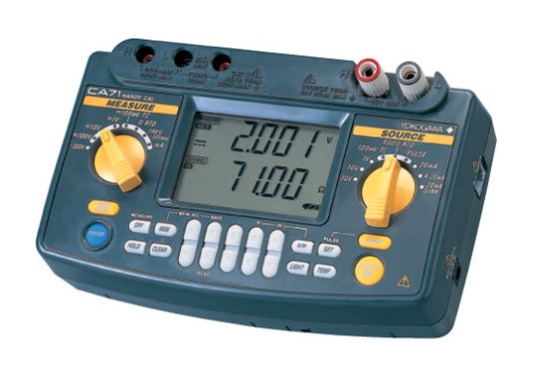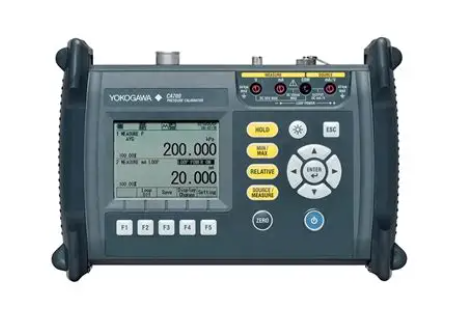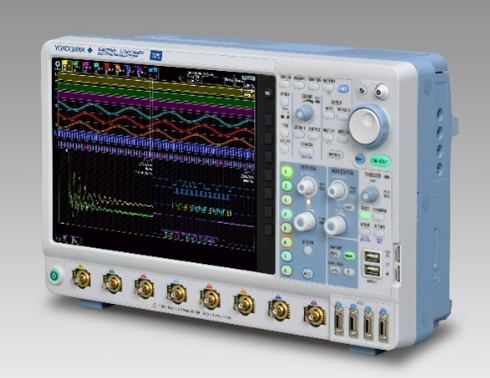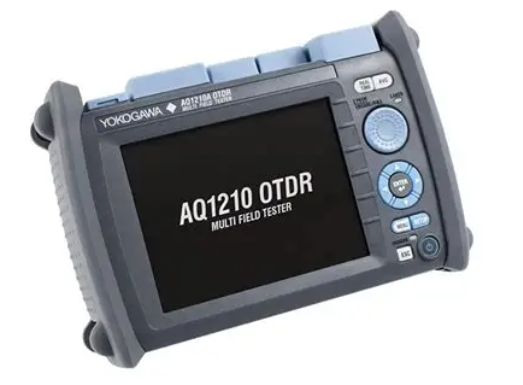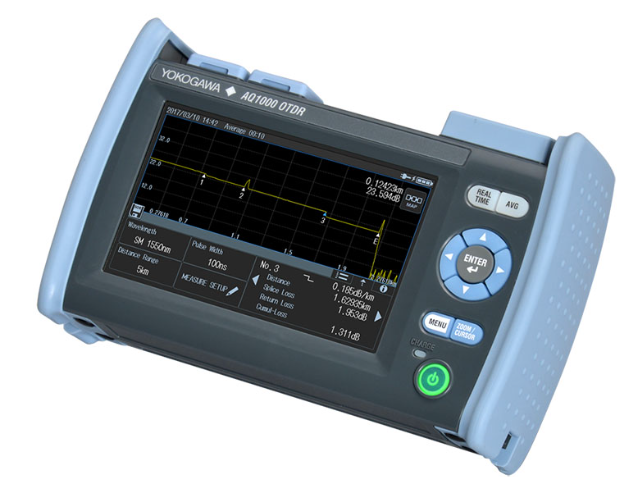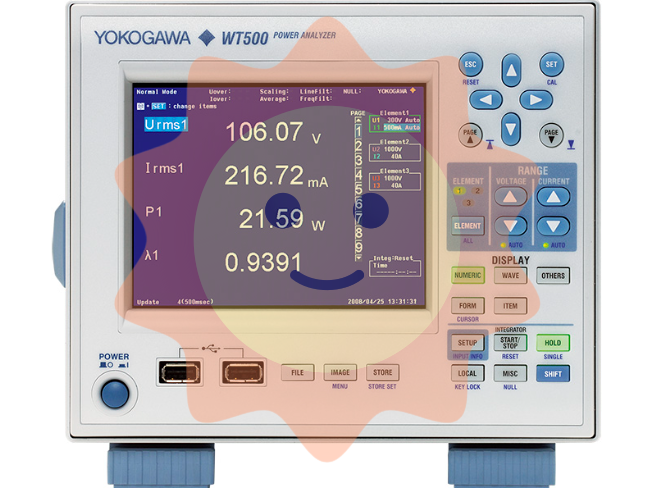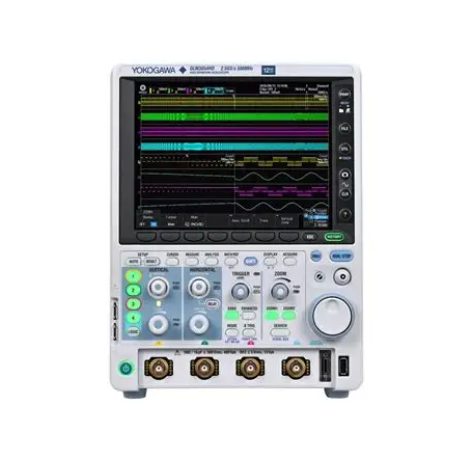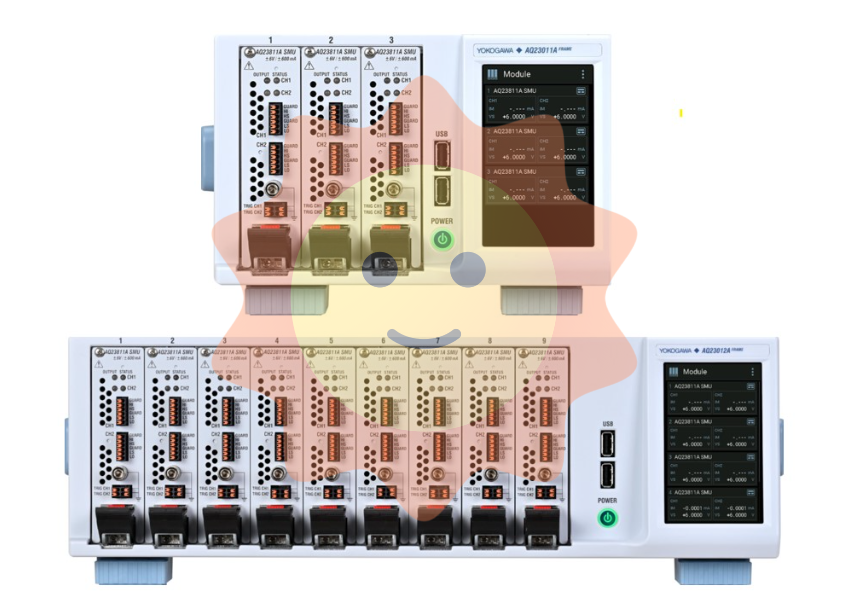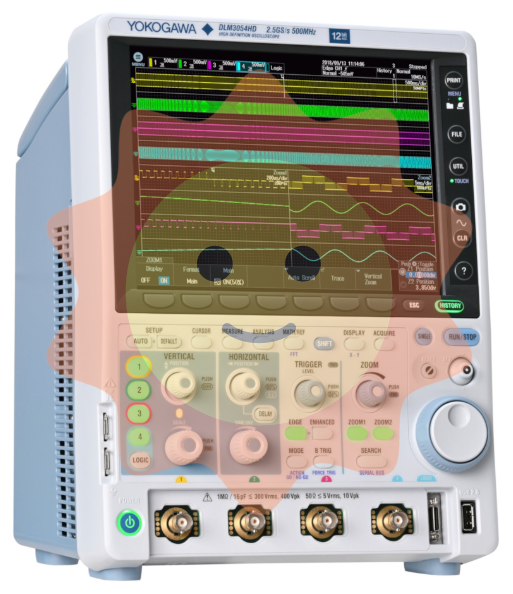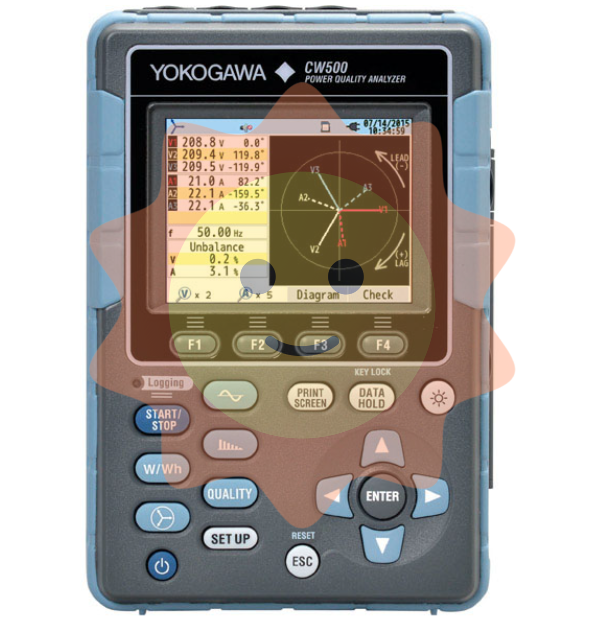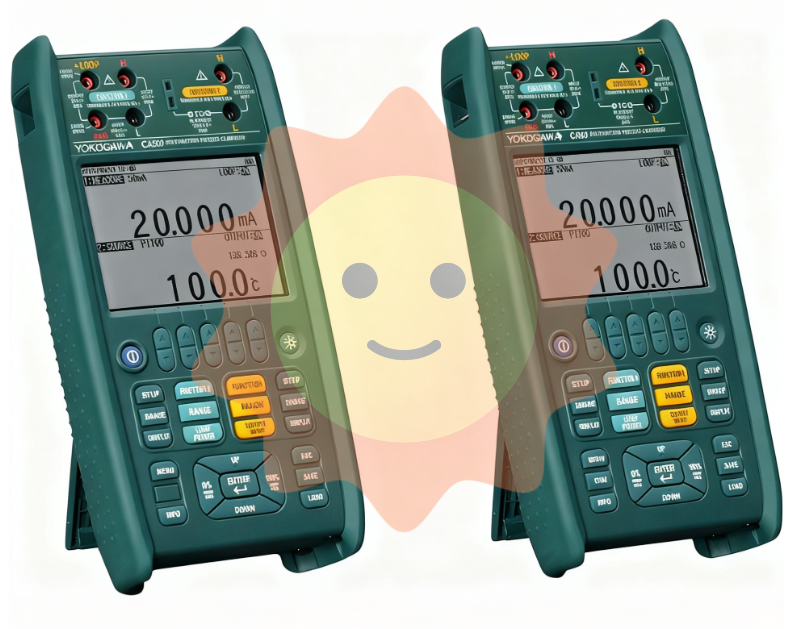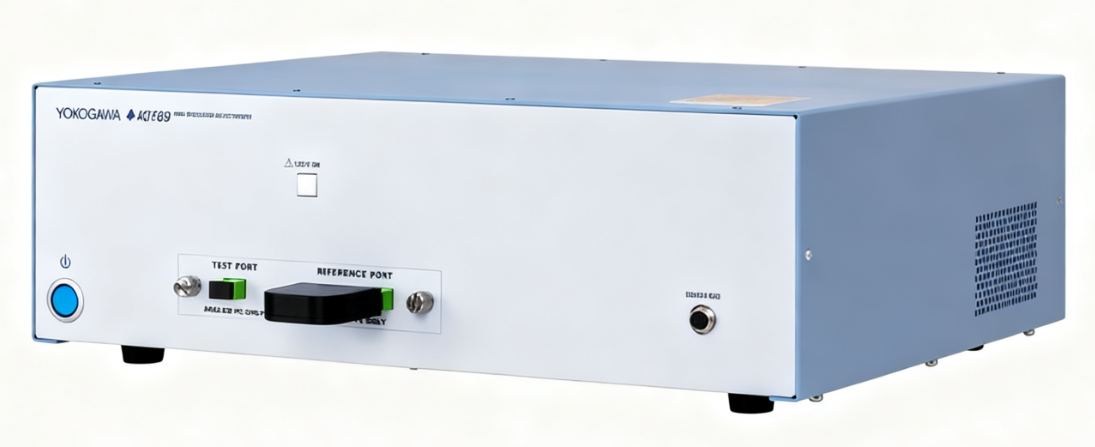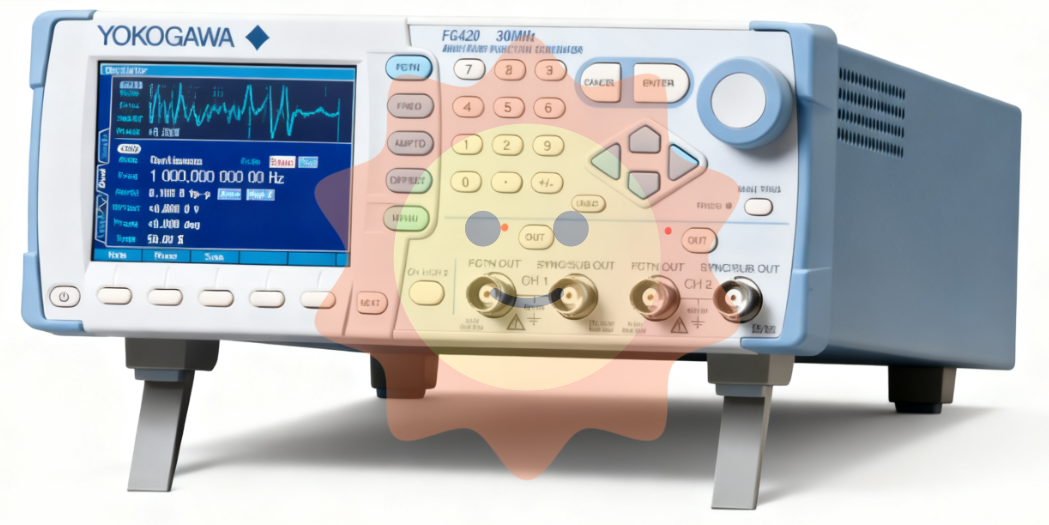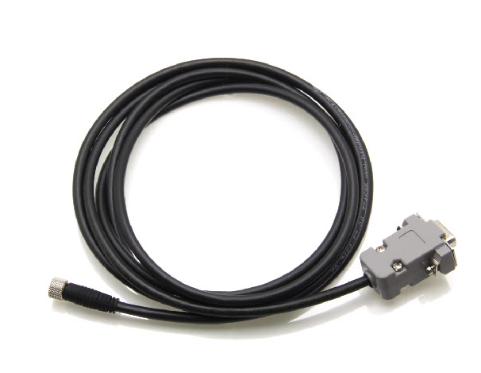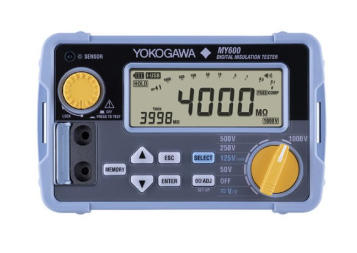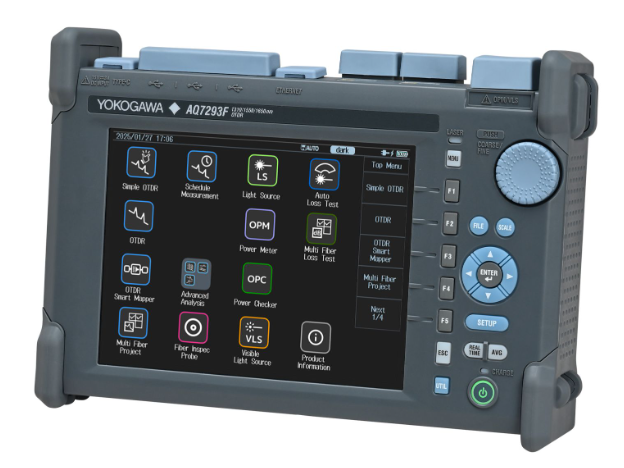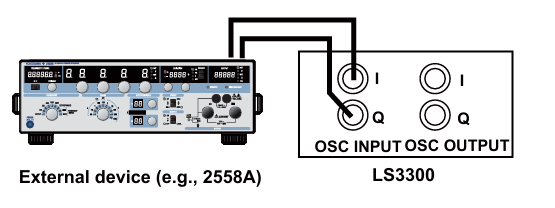ABB 3BHE006805R0002 Control module
ABB 3BHE006805R0002 Control module
Product Overview
ABB 3BHE006805R0002 control module is an important component in industrial automation and distributed control systems (DCS). It integrates advanced control technologies and communication interfaces for a variety of industrial automation applications, such as production process control, equipment monitoring and automated production lines.
Main Features
Input voltage range: 24VDC, ensuring stable operation under different power conditions.
Operating temperature range: -40℃ to +85℃, adapting to various harsh industrial environments.
Size: 48 x 48 x 110 mm, compact design for easy installation and integration.
Communication interface:
Supports logically independent dual Profibus DP buses to meet high-speed and reliable communication needs.
Provides 12-channel Profibus DP electrical interface and 12-channel 155Mbps fibre optic interface, supports redundant dual network and fibre optic ring topology to ensure communication reliability and stability.
Fibre optic communication distance is up to 20km or more, supporting reliable transmission of burst data over long distances.
Status Indicator: Equipped with 5 dual-colour LED status indicators for fibre-optic link and power failure relay output warning, convenient for users to monitor the module status.
Electrical Protection:
The electrical interface has 4000V lightning protection to ensure safe operation under severe weather conditions such as lightning.
Provide 1.5A overcurrent protection and 600W surge protection to prevent excessive current damage to the module.
Power supply design: DC (12~36V) wide redundant dual power supply with reverse connection protection ensures the stability and reliability of the power supply.
Protection level: IP30 protection level, using wave pattern aluminium reinforced chassis, with good dust and splash water resistance.
Installation: Support standard industrial 35mm rail mounting mode, which is convenient for users to install and debug.
Functions and Applications
Distributed control function: The module has distributed control function, which can distribute the control and monitoring points in the whole system to achieve more flexible control and monitoring.
Modular design: the user can increase or decrease the control unit according to the actual needs, so as to flexibly adapt to the needs of different scales of engineering.
Real-time control function: it can respond quickly to system changes and ensure the stability and performance of the equipment and system.
Widely used areas:
Industrial automation: for production process control, equipment monitoring and automated production lines, etc.
Power systems: for grid control, power plant control and power distribution systems.
Chemical and process industries: for monitoring and regulating various chemical processes and production equipment.
Manufacturing: including automotive manufacturing, machine building and other manufacturing areas.
Energy Management Systems: Systems for monitoring and optimising energy use, including building energy management and industrial energy efficiency improvements.
Water treatment and environmental control: for monitoring and controlling water treatment processes and environmental equipment.
Traffic systems: in traffic management systems for controlling signals, traffic monitoring and intelligent transport systems.
Installation and Maintenance
Environmental Conditions:
Ensure that the module is installed within the recommended temperature and humidity ranges and avoid direct exposure to water, oil, dust or electromagnetic interference.
Power Requirements:
Use a stable power supply to avoid damage to the module from voltage fluctuations.
Signal Cable Connection:
Connect the signal lines correctly to ensure the accuracy and stability of signal transmission.
Software Configuration:
Correctly configure the software parameters of the module according to the system requirements to ensure compatibility with other parts of the control system.
Maintenance and Inspection:
Perform regular maintenance and inspection of the module, including cleaning and checking the contact status of the connectors.
Precautions
Operator Training:
Operators should receive proper operation and maintenance training to avoid malfunctions or safety accidents caused by incorrect operation.
Technical Documentation and Safety Guidelines:
The technical documentation and safety guidelines provided by the manufacturer should be read and understood in detail before installation and use.
Compliance with safety procedures:
Observe all relevant safety procedures to ensure personal safety, especially when handling high-pressure or high-speed rotating equipment.

- User name Member Level Quantity Specification Purchase Date
- Satisfaction :
-









Email:wang@kongjiangauto.com

